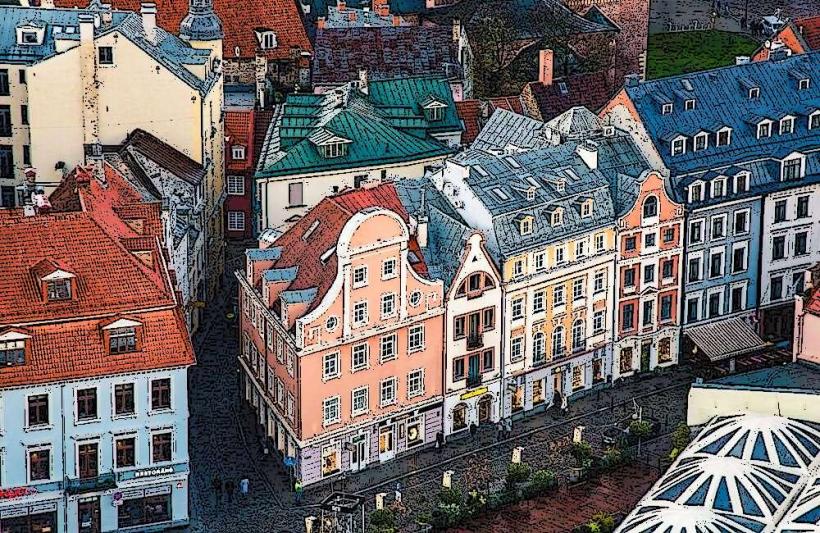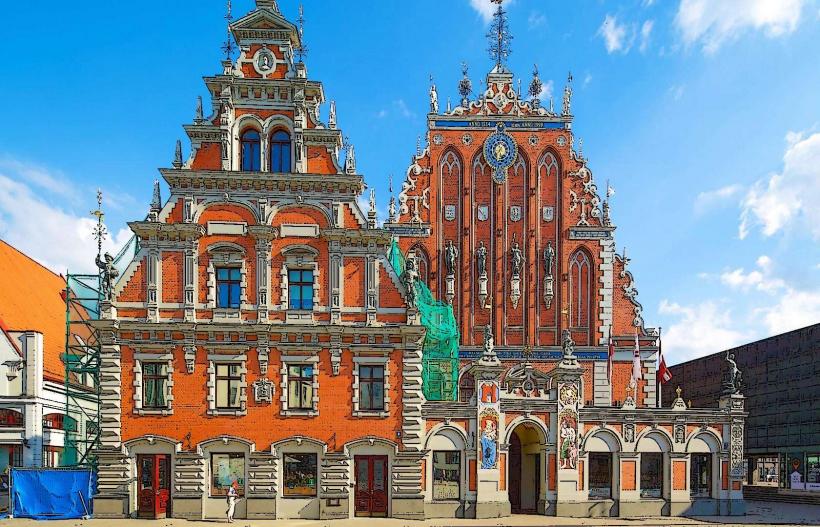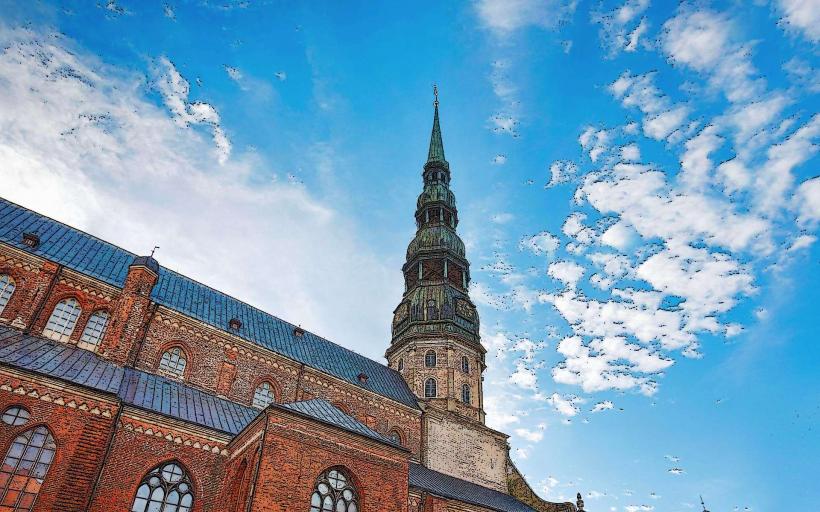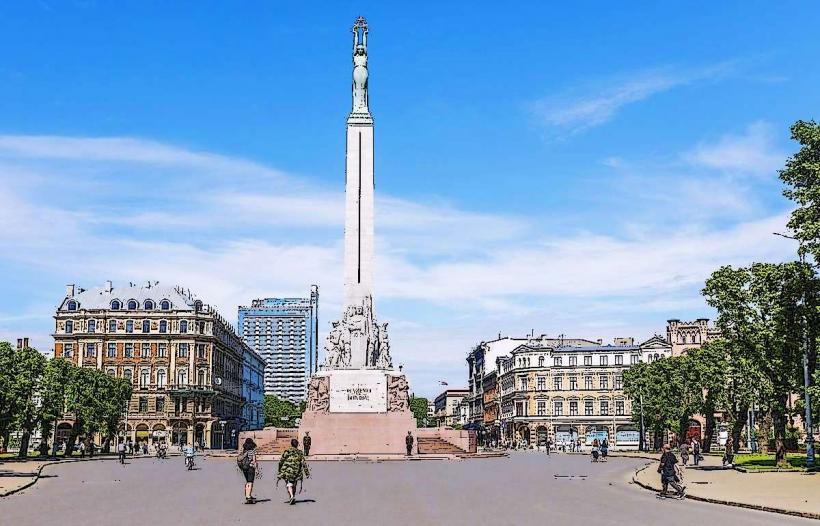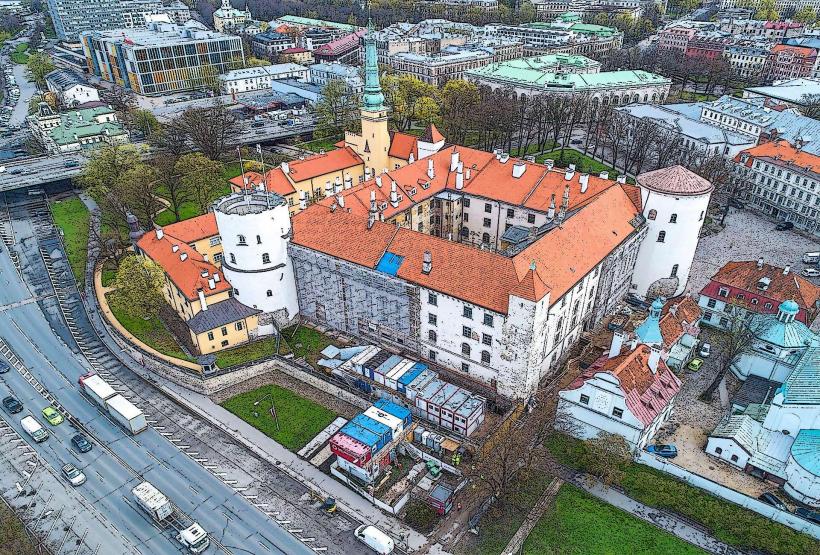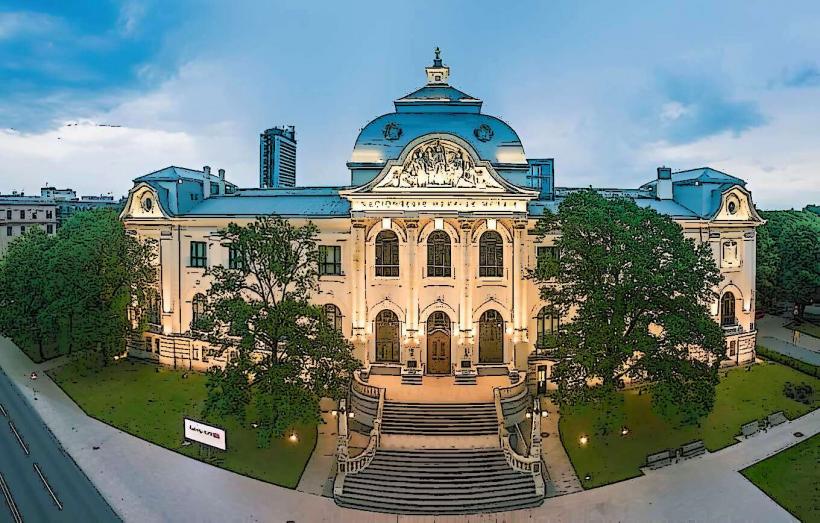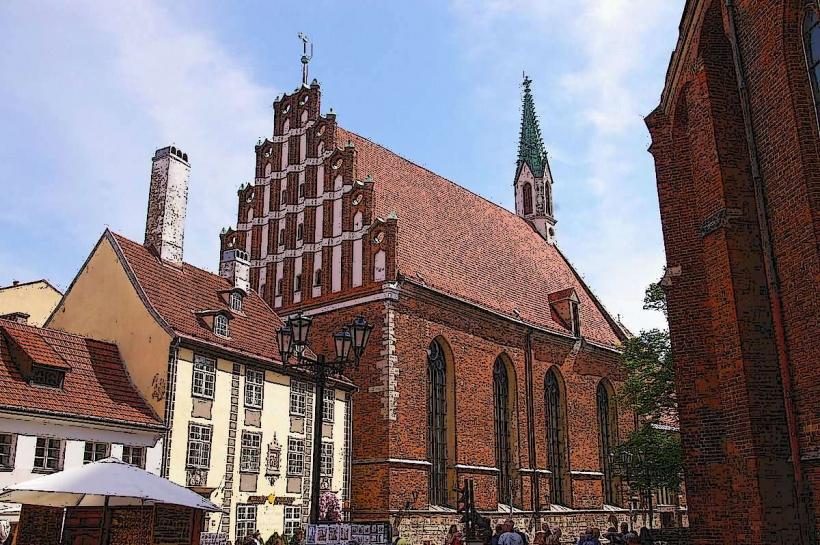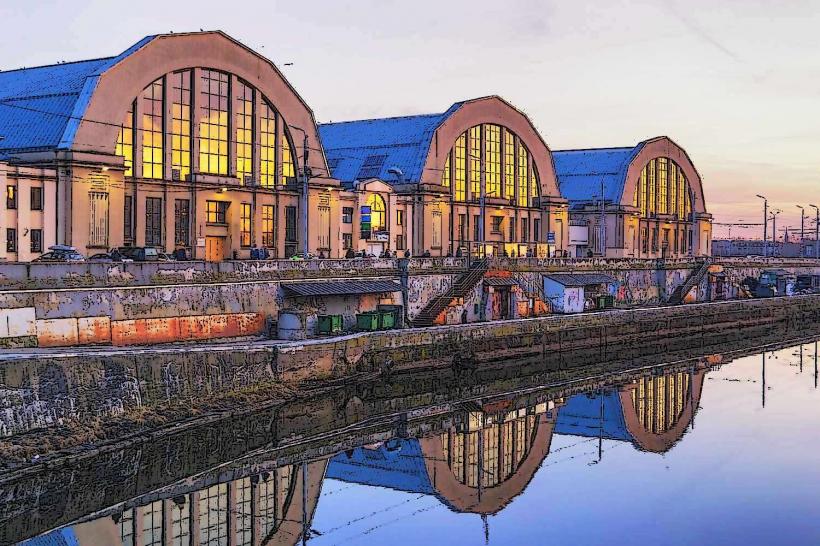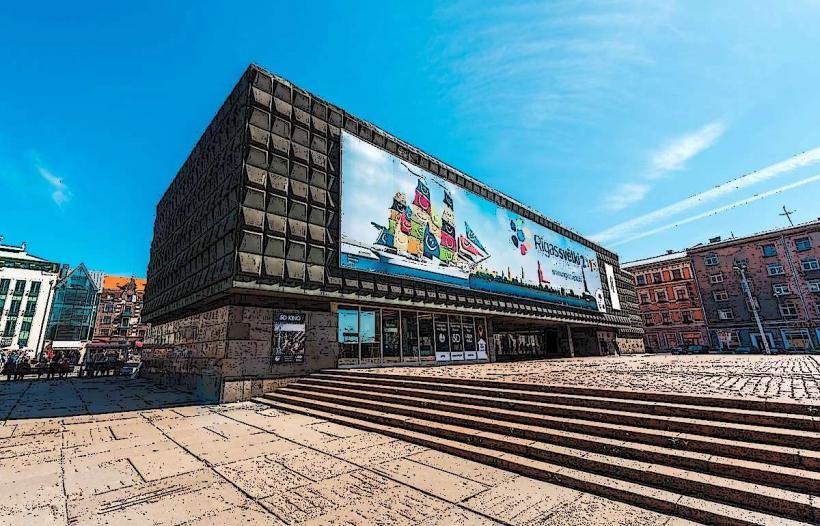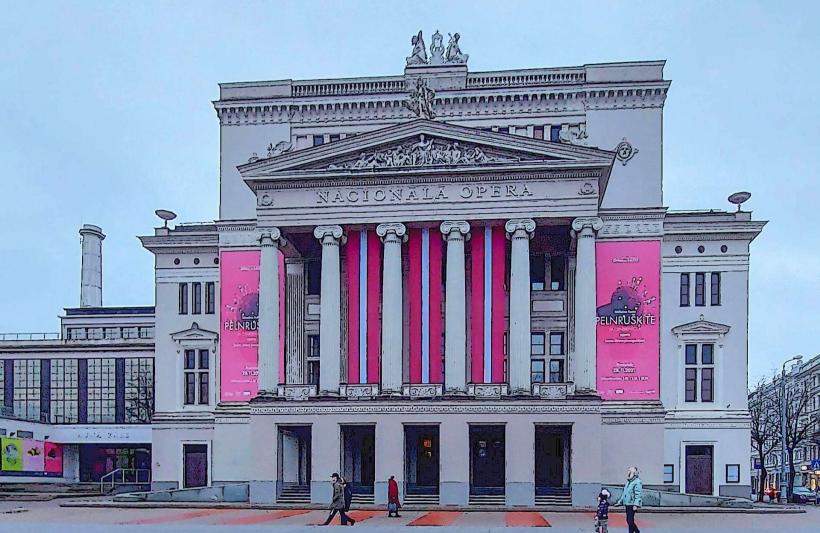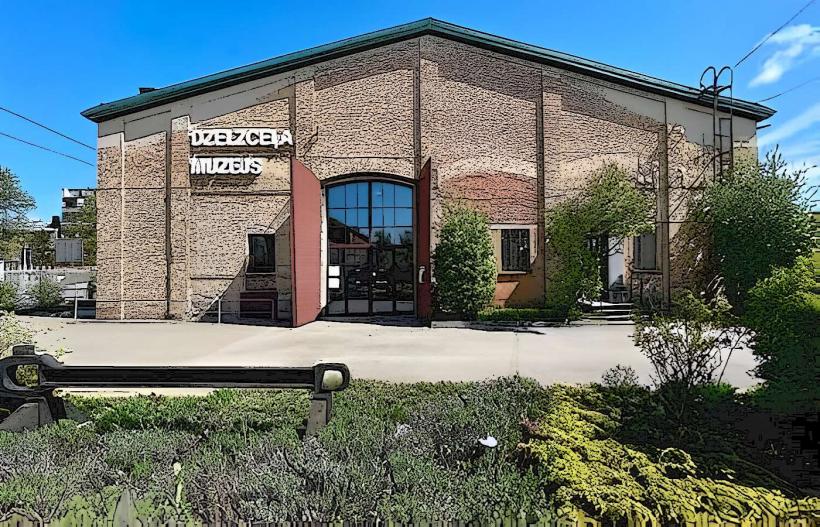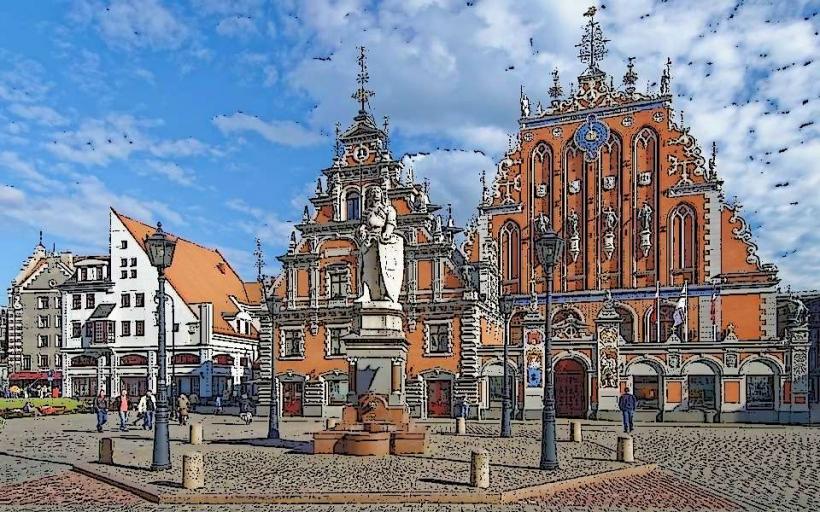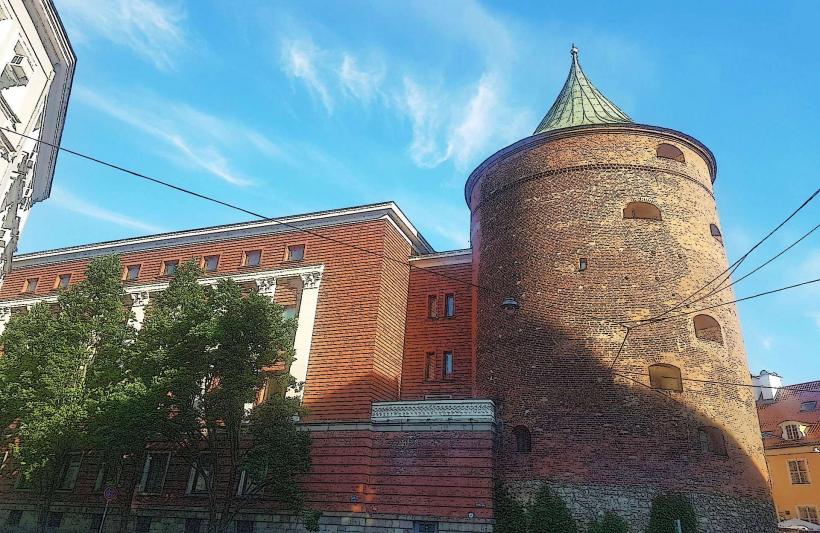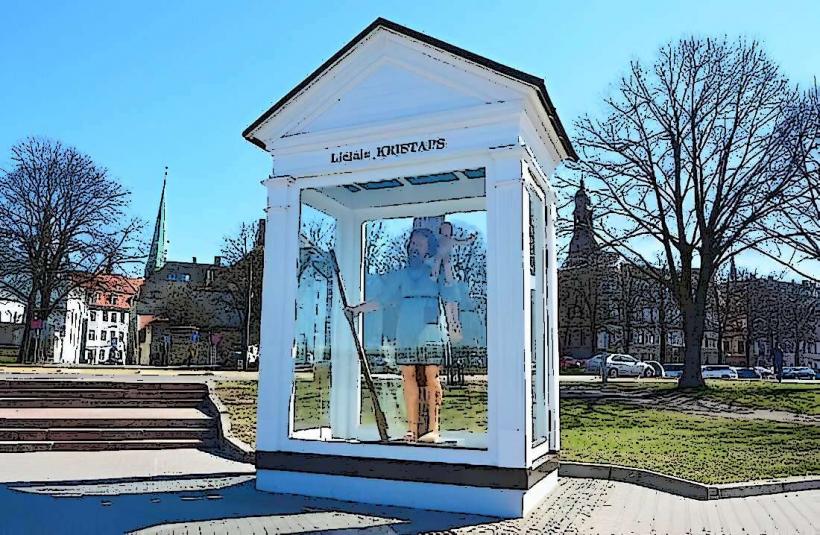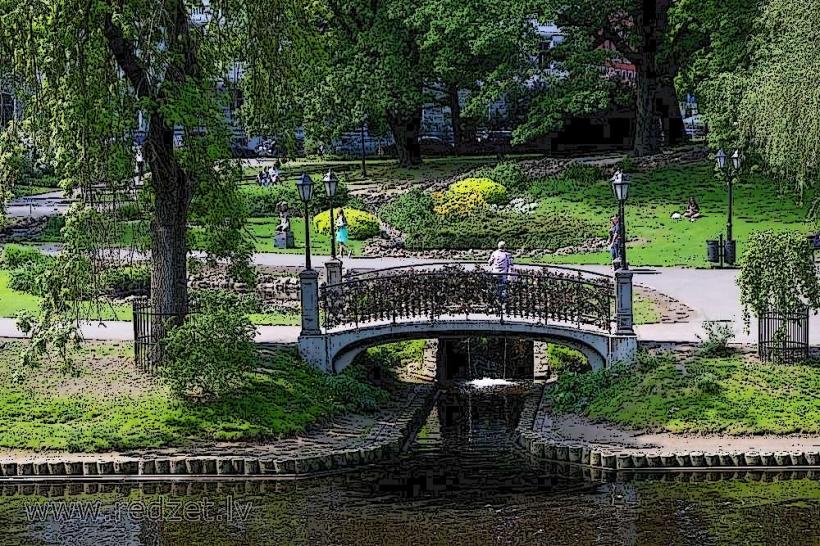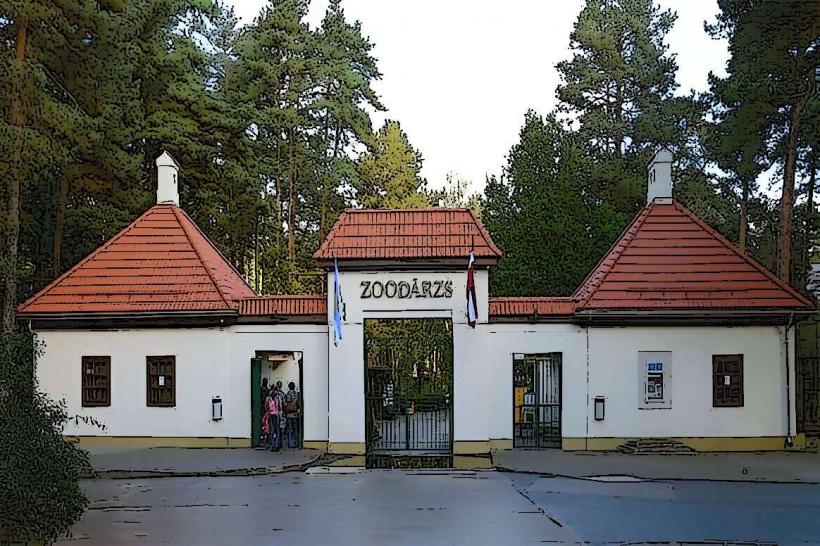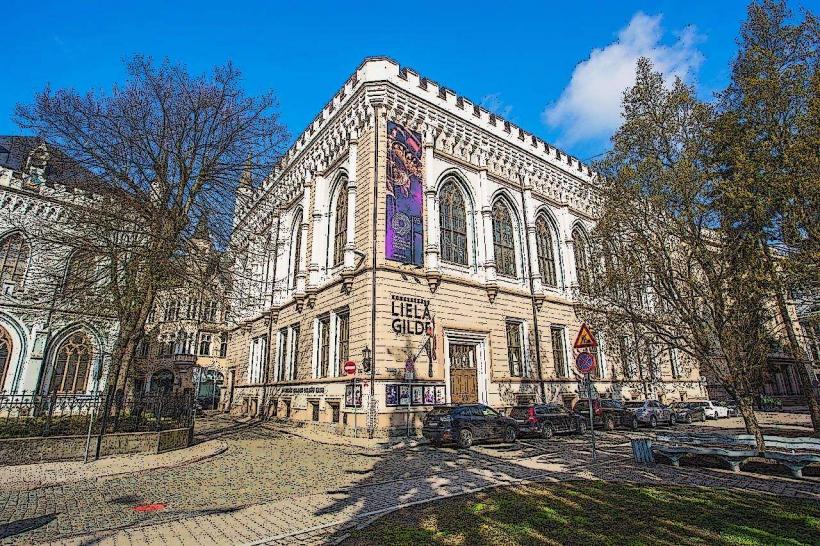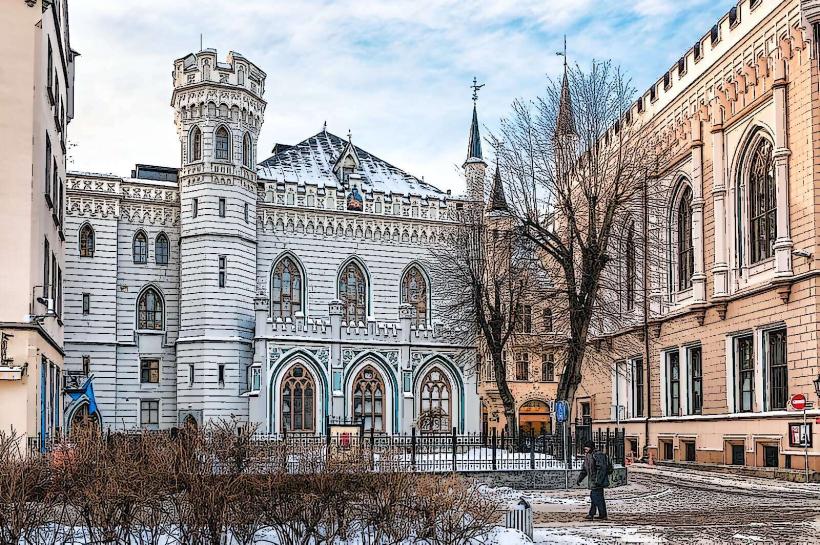Information
Landmark: Riga CathedralCity: Riga
Country: Latvia
Continent: Europe
Riga Cathedral (Rīgas Doms), also known as the Dome Cathedral, is one of the most significant landmarks in Riga and a defining feature of the city's Old Town. It holds great historical, cultural, and architectural value, representing the spiritual heart of Latvia.
1. Historical Overview:
Founding:
Riga Cathedral was founded in 1211 by Bishop Albert of Riga, the city’s founder and a prominent figure in the Christianization of the Baltic region. It served as the main church of the Livonian Order.
Construction:
Built during the 13th century, the cathedral was initially designed in the Romanesque style. Over time, various architectural influences, including Gothic, Renaissance, and Baroque styles, were incorporated as the structure was expanded and modified.
Role:
It has historically served as a Lutheran church since the Reformation in the 16th century. Today, it remains the seat of the Archbishop of the Evangelical Lutheran Church of Latvia.
2. Architectural Features:
Blend of Styles:
Riga Cathedral is a fascinating mix of architectural styles:
- The original Romanesque elements, visible in the thick walls and rounded arches.
- Gothic features, including the high vaulted ceilings and pointed arches.
- Renaissance and Baroque additions, especially visible in the tower and decorative details.
Exterior:
- The cathedral’s brick construction reflects the Baltic Gothic style, with impressive size and stature.
- Its bell tower, originally built in wood and later reconstructed in stone, reaches a height of 90 meters and is one of the tallest structures in Riga.
Interior:
- The interior is grand yet austere, reflecting the Lutheran tradition of simplicity.
- Features include beautiful stained-glass windows, intricate woodwork, and historical artifacts.
3. The Organ:
Historic Instrument:
Riga Cathedral is famous for its pipe organ, one of the largest and most renowned in Europe. Built between 1882 and 1884 by the Walcker firm in Germany, the organ has:
- 6,718 pipes and 124 registers.
- A majestic sound, making it a favorite for both religious services and concerts.
- Before this organ, the cathedral also housed notable earlier instruments.
Concert Venue:
The organ is used for regular performances, attracting world-class musicians and enthusiasts. The Riga Cathedral organ concerts are a highlight for visitors.
4. Cloister and Museum:
- The cathedral’s medieval cloister is a remarkable feature, one of the oldest parts of the complex. It is surrounded by arched walkways and offers a glimpse into the spiritual life of medieval Riga.
- The Museum of the History of Riga and Navigation is located in the cloister and displays artifacts spanning the city's history, including maritime relics and ecclesiastical treasures.
5. Cultural Significance:
- Spiritual Center:
The cathedral is a central place of worship for Riga's Lutheran community and hosts significant religious services, including Christmas and Easter celebrations. - Symbol of Riga:
Its prominent location near the Daugava River and its towering spire make it a symbol of the city.
6. Practical Information for Visitors:
- Location:
Situated in the heart of Riga’s Old Town, at Doma laukums (Cathedral Square), the cathedral is a central landmark and easy to find. - Visiting Hours:
Visitors can tour the cathedral and attend organ concerts, though hours vary depending on events and services. - Ticket Information:
Entrance fees may apply for the museum and certain concerts, but general services are open to the public.
7. Notable Events:
- The cathedral has witnessed key events in Latvia’s history, including the Reformation and the country's struggle for independence.
- It regularly hosts cultural and musical events, making it a hub for both religious and secular life.
Conclusion:
Riga Cathedral is a masterpiece of Baltic architecture and a cornerstone of Latvian heritage. Whether for its architectural beauty, its history, or the majestic organ music, it offers an unforgettable experience for visitors.

